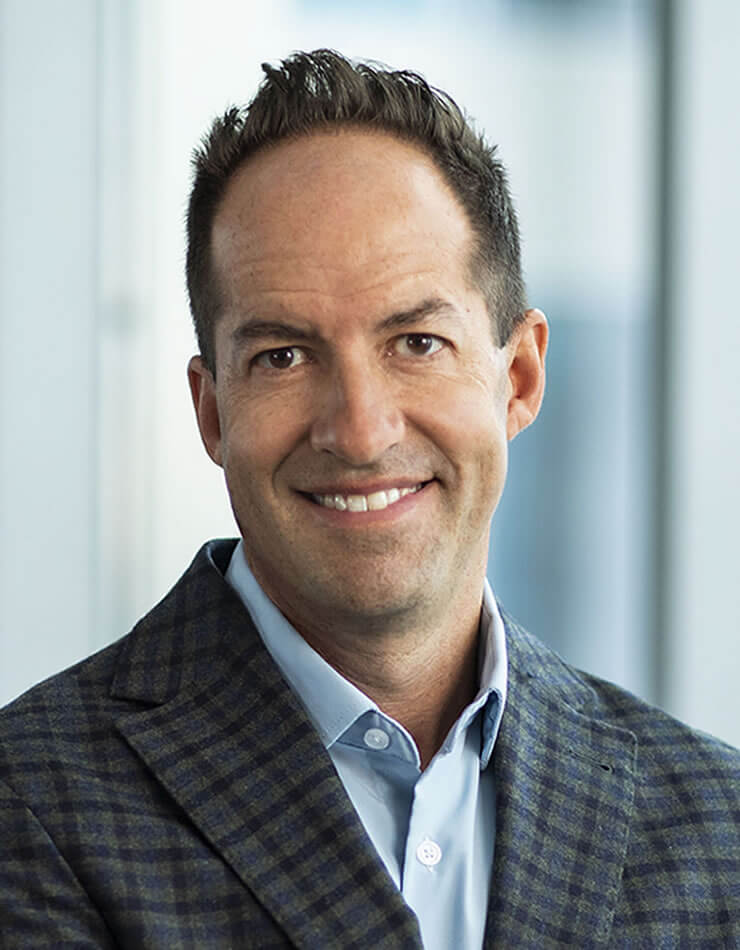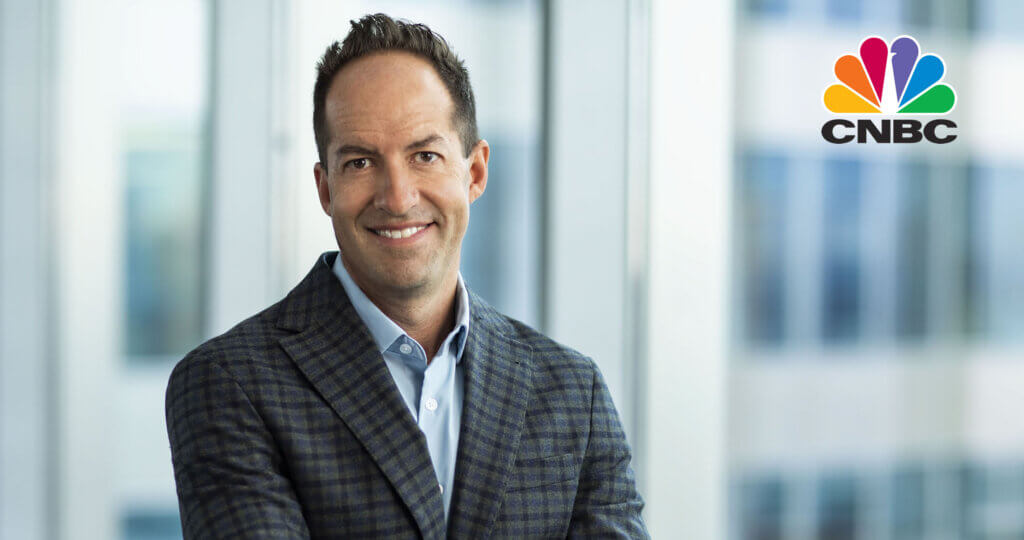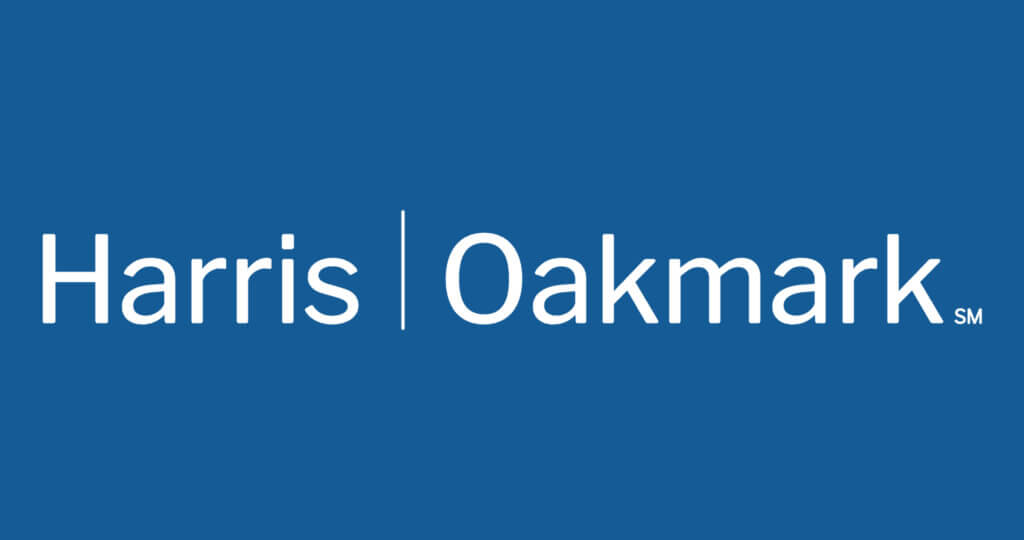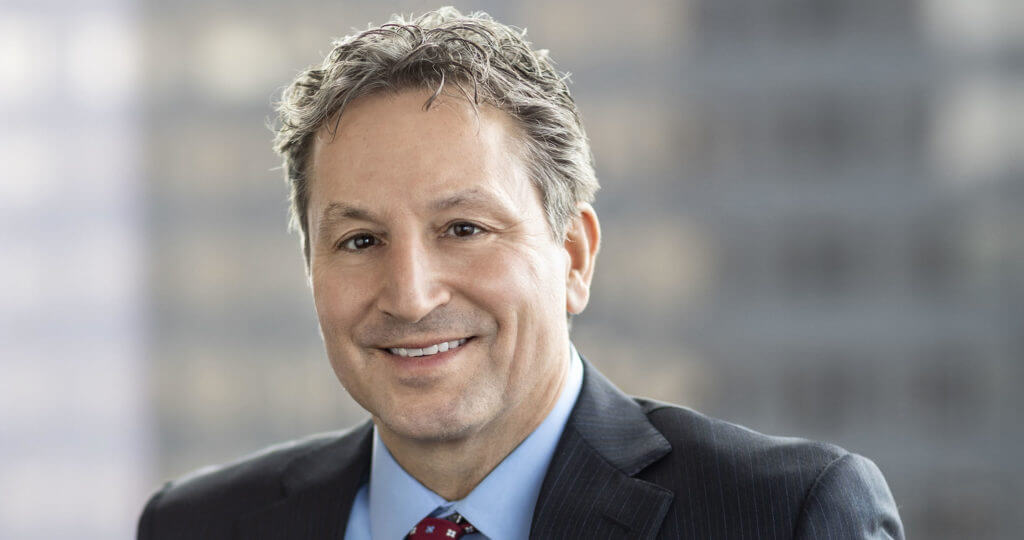Oakmark International Fund – Investor Class
Average Annual Total Returns 09/30/25
Since Inception 09/30/92 8.76%
10-year 6.82%
5-year 11.59%
1-year 15.56%
3-month 3.92%
Expense Ratio: 1.05%
Expense ratios are as of the Fund’s most recent prospectus dated January 28, 2025, as amended and restated January 30, 2025, March 14, 2025 and May 19, 2025; actual expenses may vary.
Past performance is no guarantee of future results. The performance data quoted represents past performance. Current performance may be lower or higher than the performance data quoted. The investment return and principal value vary so that an investor’s shares when redeemed may be worth more or less than the original cost. The To obtain the most recent month-end performance data, view it here.
Over the last six months I have been on a bit of a listening tour with clients after being named Co-CIO International at Harris | Oakmark on April 1st and then named co-manager of the Oakmark International Fund at the beginning of this quarter. These letters are typically used to share our insights about current markets, but given the team changes I would like to take this opportunity to share the most common questions I’ve heard from some of you and our answers for those I haven’t met directly.
The who, what and when
The first question is typically some version of, “Who are you and why were you named Co-CIO International at Harris | Oakmark?” It is a fair and logical question. For those who aren’t familiar, consider me the new, old guy. I’ve been with Harris for over 26 years and have worked closely with David Herro and his team on global equity strategies here for over a decade, while also attending international investment meetings. As a portfolio manager on our global strategies, I appreciate that there are important differences in non-U.S. markets where each country has its own governance standards, rules of law, political dynamics and resulting impact on corporate culture. However, economics, competitive dynamics and judgment know no borders. I am continuing to do nearly the same thing I’ve done for 26 years. Namely, working with a world class team to apply the same investment process of investing in quality companies at significant discounts to intrinsic value with capable and aligned management teams.
The next question we get is what does the new Co-CIO structure signal regarding the timing of David’s eventual retirement? The short answer is that it signals the plan without signaling the date. That is good news and here’s why. At Harris | Oakmark, we always want to do what is best for clients. We believe having a thoughtful succession plan that reduces the opportunity for negative externalities is best. In our opinion, it is unwise to circle a date on the calendar at the outset without knowing the rate of progression in the transition of responsibilities — or how the personal goals of the individuals involved may change over time. The what is more important than the when. Therefore, our only commitment on timing is that we will give a minimum of six months’ notice when we feel we are ready.
Many of you have also been keen to hear what, if anything, will be enhanced regarding the investment process and portfolio construction. There will be enhancements, but they are far more evolutionary than revolutionary given there is already a great team and process in place. Let’s start with the investment process.
Mistake management
Having worked closely with the U.S. investment team for over 25 years, I consider myself to be in a unique position to apply a fresh set of eyes to the process without a pure outsider view that adds risk. My primary takeaway was that while the core investment tenets were identical, there was an opportunity to share best practices which I believe will give clients a more consistent experience across the firm. The first opportunity was to more fully develop a “mistake management” process. This is a humbling business where we are going to make mistakes, so it is critical to have a robust process to identify them as early as possible. As we’ve done across the U.S. portfolios, going forward we will be actively tracking deviations in business value from our initial expectations. Note what this isn’t. This is not some form of stop-loss strategy driven by the movements in share price. This is all about the fundamental performance of the business relative to our original thesis. And we have called this “mistake management” for a reason. There is no such thing as an infallible mistake prevention system. We will make mistakes, but this process is designed to help recognize them more quickly and accurately.
So how does this work? When our intrinsic value growth has lagged our expectations by 10%, we will “turn up the volume” internally, speak with management and re-underwrite the idea in front of the international team. You may ask why 10%? If fundamentals are deviating meaningfully, the risk is rising that our thesis is wrong, so we need to turn up the volume on that holding. After an additional 10% shortfall in value (20% in total), we will mandate a devil’s advocate review to make sure we fully vet the bear case and test our thesis. And then if there’s an investment where the analyst has lost his or her voice —meaning they could pound the table to sell or buy and it would be hard to listen — we will transfer coverage to another analyst for a fresh perspective. Our attention to inaccuracy is not limited to the negative because mistakes in conservatism can be costly as well. Significant increases in estimated value are also more carefully monitored. The mistake management process is now fully implemented, and we have had examples across all three levers over the last two quarters.
De-bottlenecking the Idea Factory
The other process improvement had to do with what I refer to as “de-bottlenecking” the idea factory. That’s what an investment firm is after all, an idea factory. As I spoke with members of the team and looked at historical data, three things were clear: this was a talented team (performance batting average across the analyst team was excellent), they work very hard, and yet the number of new investment recommendations per team member, per year had been falling for some time. Why is that? We were working hard but not as smart as we could. We were spending too much time on low-value work when the work that benefits our clients the most and analysts love — hunting for new ideas — was getting crowded out. An investment firm needs a steady flow of ideas because it helps to know what good looks like, compare it to what you own and then optimize portfolios accordingly. More choices are always good. So, we set some simple, clear guidelines for time spent. And I’m pleased to report that 90 days into the de-bottlenecking implementation, annualized new idea production was up over 100% from the last several years. This is a win-win for portfolios and the team. We believe portfolios can benefit from more choices and the analysts now have more time to do what they love.
At this point in the conversation, the client usually (again fairly) comments that this all sounds very logical but why now? What was going on before? I always answer with a question. Have you ever had a new manager? Did that fresh set of eyes see some things that general organizational inertia didn’t allow beforehand that seemed obvious in hindsight? I have yet to hear a no. Again, nothing revolutionary just good corporate hygiene of taking a step back and fresh look.
Portfolio construction
Lastly, we have the important question of how will this impact portfolios. At Harris | Oakmark our portfolios have always been a logical outcome of our bottom-up stock selection process. The companies selling for the best prices were typically weighted the highest and on down — all selected from our approved list of stocks. We don’t do anything around here without having a good reason backed by data. With that in mind, we took the same fresh approach to portfolio construction. Predating this transition plan, we have been building a quantitative team and systems to help us optimize portfolio construction — that is, building a portfolio from the approved list. We studied nearly 20 years of data of the international portfolio and approved list hunting for what we did well and what we could do better. The primary takeaways were 1) the process, as defined by the equal-weighted approved list, is very good, and 2) the portfolios are therefore served best by more closely representing the attributes of the entire approved list. The best test of the process is the performance of the approved list. Since early 2008, before the credit crisis, the large cap securities in our equal-weighted approved list 3-year rolling (quarterly) gross returns beat the MSCI World ex USA Index more than 96% of the time — that is 56 out of 58 rolling three-year periods over that time.1 An example of what closer representation to the approved list might help explain how this may work in practice. Hypothetically, if the approved list has some representation in Japan but the portfolio doesn’t, the data suggests the portfolio should. The same goes for industry exposures. In short, portfolios will still be an outcome of the investment process, but they will better represent the breadth of exposures on the approved list.
So, what have we done? After seeing and discussing the findings in detail, the portfolio managers completed a clean sheet analysis. Each one of us started from scratch to build the portfolio from the approved list individually. We then looked at the differences of our collective averages to the portfolio and individual ranges of weightings where we differed the most from each other. After discussing the most significant differences, roughly 15% of the portfolio was repositioned this quarter. The most surprising thing about the exercise was the degree of unanimity among the portfolio team. Clearly, we all embraced the learnings from the historical data. While predicting future returns is impossible in our business, we do have control over our processes and how we learn from our experiences and continually seek to improve future outcomes for our clients.
I hope that I was able to effectively articulate how excited we are about what these process and portfolio enhancements mean for our investors and portfolios in the future. Remember, we eat our own cooking at Harris | Oakmark. We are invested right alongside you.
As always, we are eager to hear your feedback and questions, so please do not be shy.
Thank you for your partnership with us in our international equity portfolios.
OPINION PIECE. PLEASE SEE ENDNOTES FOR IMPORTANT DISCLOSURES.
1 Source: FactSet. Analysis based on the gross return of the large-cap securities in our equal weight approved list vs. the gross return of the MSCI World ex USA Index, 1/1/2008-6/30/2025. Past performance is no guarantee of future results. The securities return analysis for the approved list discussed chose the large cap securities from the international approved list which is comprised of all the international securities the Oakmark International Fund Fund (”fund”) can invest in. Not all the securities on the approved list were purchased or held by the fund during the period described. Thus, the performance of the aggregate of securities, or a subset thereof, on the approved list does not reflect the performance of the fund. Investors should view the historical performance of the fund on Oakmark.com and read the prospectus before investing.
Important Disclosures
The information, data, analyses, and opinions presented herein (including current investment themes, the portfolio managers’ research and investment process, and portfolio characteristics) are for informational purposes only and represent the investments and views of the portfolio managers and Harris Associates L.P. as of the date written and are subject to change and may change based on market and other conditions and without notice. This content is not a recommendation of or an offer to buy or sell a security and is not warranted to be correct, complete or accurate.
Certain comments herein are based on current expectations and are considered “forward-looking statements.” These forward-looking statements reflect assumptions and analyses made by the portfolio managers and Harris Associates L.P. based on their experience and perception of historical trends, current conditions, expected future developments, and other factors they believe are relevant. Actual future results are subject to a number of investment and other risks and may prove to be different from expectations. Readers are cautioned not to place undue reliance on the forward-looking statements.
This material is not intended to be a recommendation or investment advice, does not constitute a solicitation to buy, sell or hold a security or an investment strategy, and is not provided in a fiduciary capacity. The information provided does not take into account the specific objectives or circumstances of any particular investor, or suggest any specific course of action. Investment decisions should be made based on an investor’s objectives and circumstances and in consultation with his or her financial professionals.
The MSCI World ex USA Index (Net) is a free float-adjusted, market capitalization-weighted index that is designed to measure international developed market equity performance, excluding the U.S. The index covers approximately 85% of the free float-adjusted market capitalization in each country. This benchmark calculates reinvested dividends net of withholding taxes. This index is unmanaged and investors cannot invest directly in this index.
The Oakmark International Fund’s portfolio tends to be invested in a relatively small number of stocks. As a result, the appreciation or depreciation of any one security held by the Fund will have a greater impact on the Fund’s net asset value than it would if the Fund invested in a larger number of securities. Although that strategy has the potential to generate attractive returns over time, it also increases the Fund’s volatility.
The Oakmark International Small Cap Fund’s portfolio tends to be invested in a relatively small number of stocks. As a result, the appreciation or depreciation of any one security held by the Fund will have a greater impact on the Fund’s net asset value than it would if the Fund invested in a larger number of securities. Although that strategy has the potential to generate attractive returns over time, it also increases the Fund’s volatility.
The stocks of smaller companies often involve more risk than the stocks of larger companies. Stocks of small companies tend to be more volatile and have a smaller public market than stocks of larger companies. Small companies may have a shorter history of operations than larger companies, may not have as great an ability to raise additional capital and may have a less diversified product line, making them more susceptible to market pressure.
Investing in foreign securities presents risks that in some ways may be greater than U.S. investments. Those risks include: currency fluctuation; different regulation, accounting standards, trading practices and levels of available information; generally higher transaction costs; and political risks.
Investing in value stocks presents the risk that value stocks may fall out of favor with investors and underperform growth stocks during given periods.
All information provided is as of 09/30/2025 unless otherwise specified.






